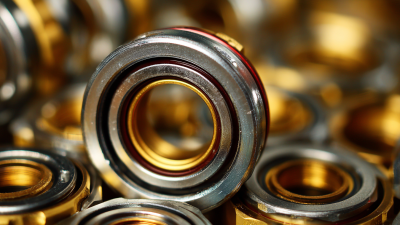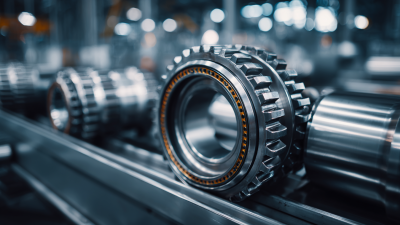How to Choose the Right Pillow Bearing for Your Industrial Applications
When selecting the right Pillow Bearing for industrial applications, understanding the critical factors that influence performance and longevity is paramount. According to a report by Research and Markets, the global bearing market is projected to reach $92.21 billion by 2025, with pillow block bearings playing a significant role due to their versatility and ease of installation.
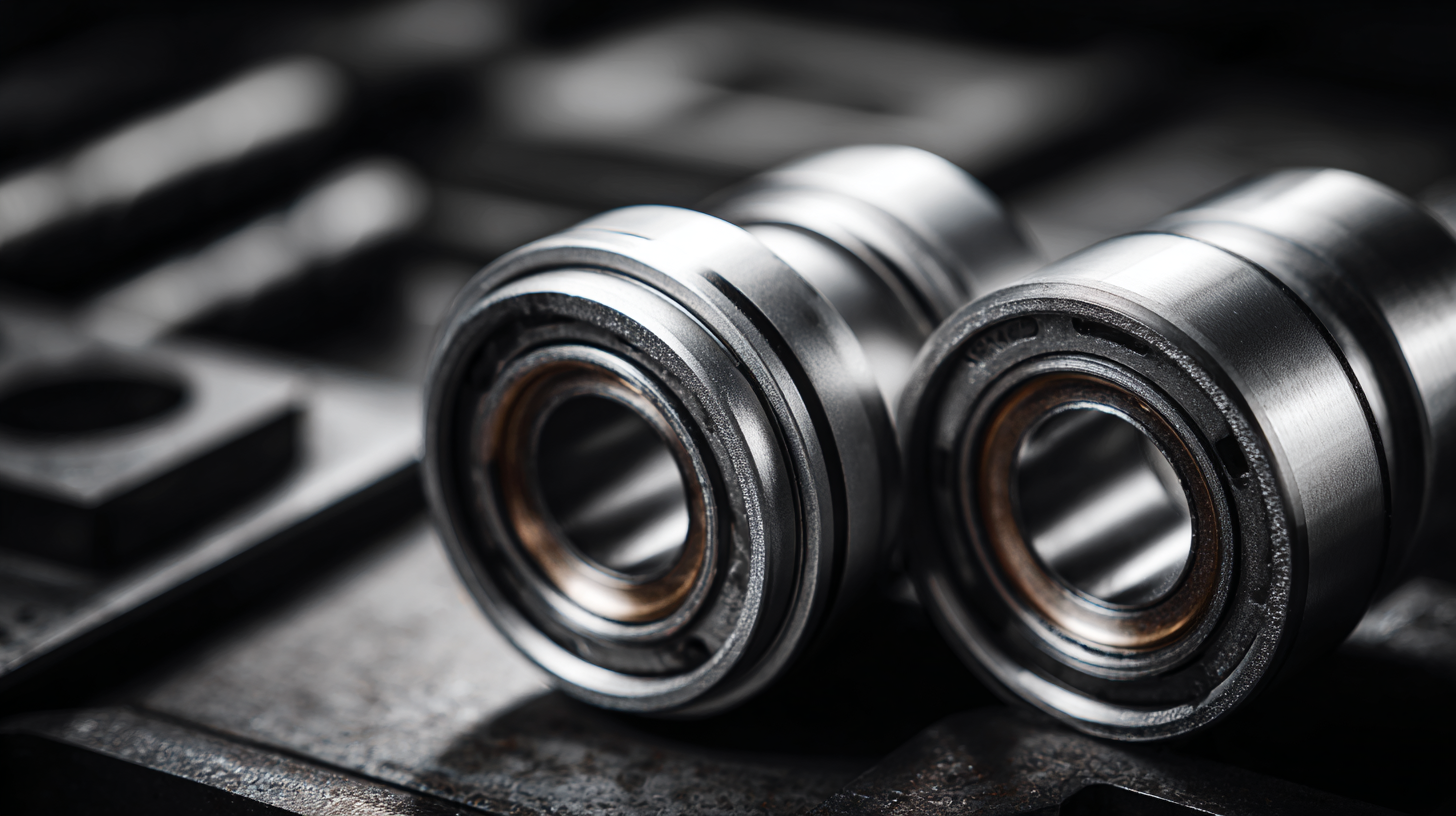
Pillow bearings are essential components in various machinery, providing support for rotating shafts while accommodating misalignment and reducing friction. To make an informed decision, it is crucial to consider parameters such as load capacity, material composition, and environmental conditions. This guide aims to equip you with the requisite knowledge to choose the optimal pillow bearing that meets your operational needs, enhancing both efficiency and reliability in your industrial settings.
Understanding Different Types of Pillow Bearings in Industrial Applications
When selecting pillow bearings for industrial applications, it’s essential to understand the various types available and their unique features. Pillow bearings come in several forms, including self-aligning, flanged, and double-row styles. Self-aligning pillow bearings are particularly useful in applications where shaft misalignment is common, as they can accommodate angular misalignment effortlessly, thereby reducing wear and extending the bearing's lifespan. Flanged pillow bearings, on the other hand, provide additional mounting stability and are often used in environments with limited space.
Another important type is the double-row pillow bearing, which is designed for heavy-load applications. These bearings feature two rows of rolling elements, allowing for increased load-carrying capacity and improved rigidity. When assessing the right pillow bearing for your application, consider factors such as load type, speed, and environmental conditions. For example, if you're operating in a moist or corrosive environment, opting for stainless steel or specialized coatings may be necessary to enhance durability. Understanding these different types of pillow bearings will help ensure the optimal performance of your industrial machinery.
Key Factors to Consider When Selecting Pillow Bearings for Machinery
When selecting pillow bearings for industrial machinery, several key factors must be considered to ensure optimal performance and longevity. One of the primary considerations is the load capacity of the bearing. According to a report by the American Bearing Manufacturers Association (ABMA), the correct load rating can significantly impact the operational lifespan of the bearing. Ensuring that the bearing can handle the dynamic and static loads encountered in your application is crucial. For instance, underspecified bearings can fail prematurely, costing companies valuable downtime and repair expenses.
Another vital aspect is the material and environmental conditions. Pillow bearings are commonly made from materials such as steel, plastic, or composite, each offering distinct advantages depending on the application. For instance, while metal pillow bearings excel in high-load and high-temperature environments, composite materials are preferred in corrosive settings due to their resistance to moisture and chemicals. A study conducted by the International Journal of Engineering Research highlights that choosing the appropriate material based on specific operational conditions can enhance efficiency by up to 30%, underlining the importance of a well-informed selection process.
How to Choose the Right Pillow Bearing for Your Industrial Applications
| Factor | Description | Importance Level |
|---|---|---|
| Material | The material of the pillow bearing affects its durability and resistance to environmental factors. | High |
| Load Capacity | Ensure the bearing can handle the load requirements of your application. | High |
| Environment | Consider the temperature, humidity, and exposure to contaminants in the working environment. | Medium |
| Alignment | Check if the pillow bearing will need to accommodate misalignment in your setup. | Medium |
| Maintenance | Evaluate the ease of maintenance required for the pillow bearing. | Low |
| Cost | Analyze the initial cost versus the long-term value in terms of performance and lifespan. | Medium |
Comparative Analysis of Pillow Bearing Materials and Their Performance
When selecting pillow bearings for industrial applications, understanding the various materials available and their performance characteristics is crucial. Pillow bearings can be made from materials such as bronze, plastic, and composite materials, each offering distinct advantages and limitations. Bronze bearings are known for their durability and ability to withstand high loads and temperatures, making them suitable for heavy machinery. However, they can require more frequent lubrication and maintenance due to wear over time.
On the other hand, plastic bearings, while lighter and more resistant to corrosion, may not support heavy loads as effectively. They can, however, operate without lubrication, making them ideal for applications in clean environments where oil contamination is a concern. Composite materials combine the benefits of both bronze and plastic, offering improved strength and reduced friction. When analyzing the performance of these materials, it’s essential to consider not only the load and speed requirements of your application but also environmental factors such as temperature and exposure to chemicals. This comparative analysis will help ensure that you choose the right pillow bearing to maximize efficiency and longevity in your operations.
Comparative Analysis of Pillow Bearing Materials and Their Performance
This chart illustrates the load capacity of various pillow bearing materials commonly used in industrial applications. Steel exhibits the highest load capacity, making it suitable for heavy-duty operations, while plastic offers a lighter alternative for less demanding applications.
Maintenance Tips to Extend the Lifespan of Pillow Bearings
Pillow bearings play a crucial role in the performance and longevity of various industrial applications. To ensure these components function optimally, regular maintenance is essential. One key tip is to regularly check and maintain proper lubrication. Using the right type of lubricant and ensuring consistent application can prevent excess friction and wear, greatly extending the lifespan of the bearings.
Another important aspect of maintenance is to inspect the pillow bearings for signs of wear or damage. Look for any misalignment, unusual noises, or vibrations that could indicate potential issues. Addressing these signs early can help prevent catastrophic failures in machinery. Regularly scheduled maintenance checks, including cleaning and replacing worn parts, contribute to the efficient operation of pillow bearings, ensuring they continue to meet the demands of industrial environments. Implementing these maintenance practices will help keep your pillow bearings in top condition, providing reliability and performance for years to come.
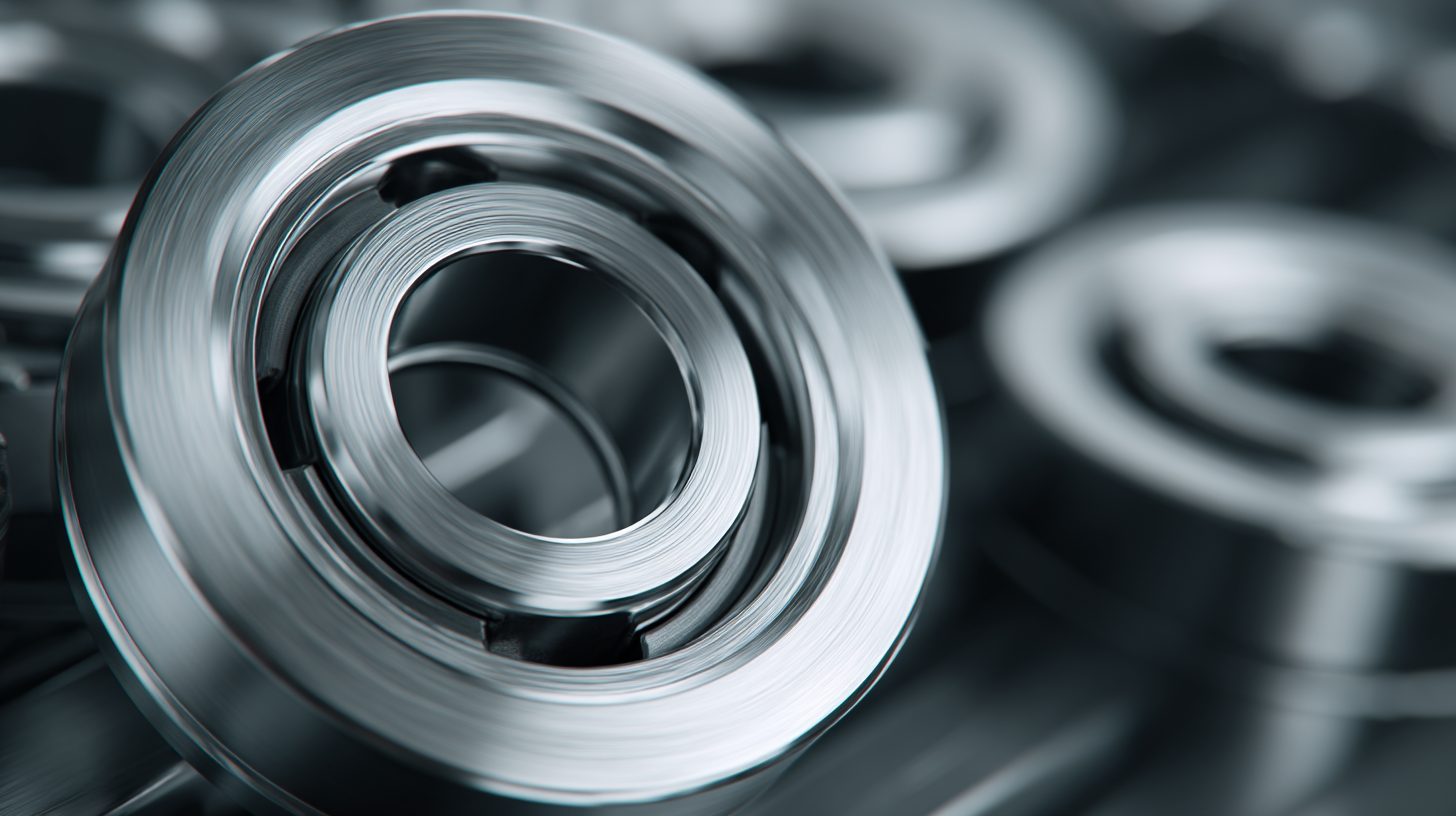
Common Mistakes to Avoid When Choosing Pillow Bearings for Your Projects
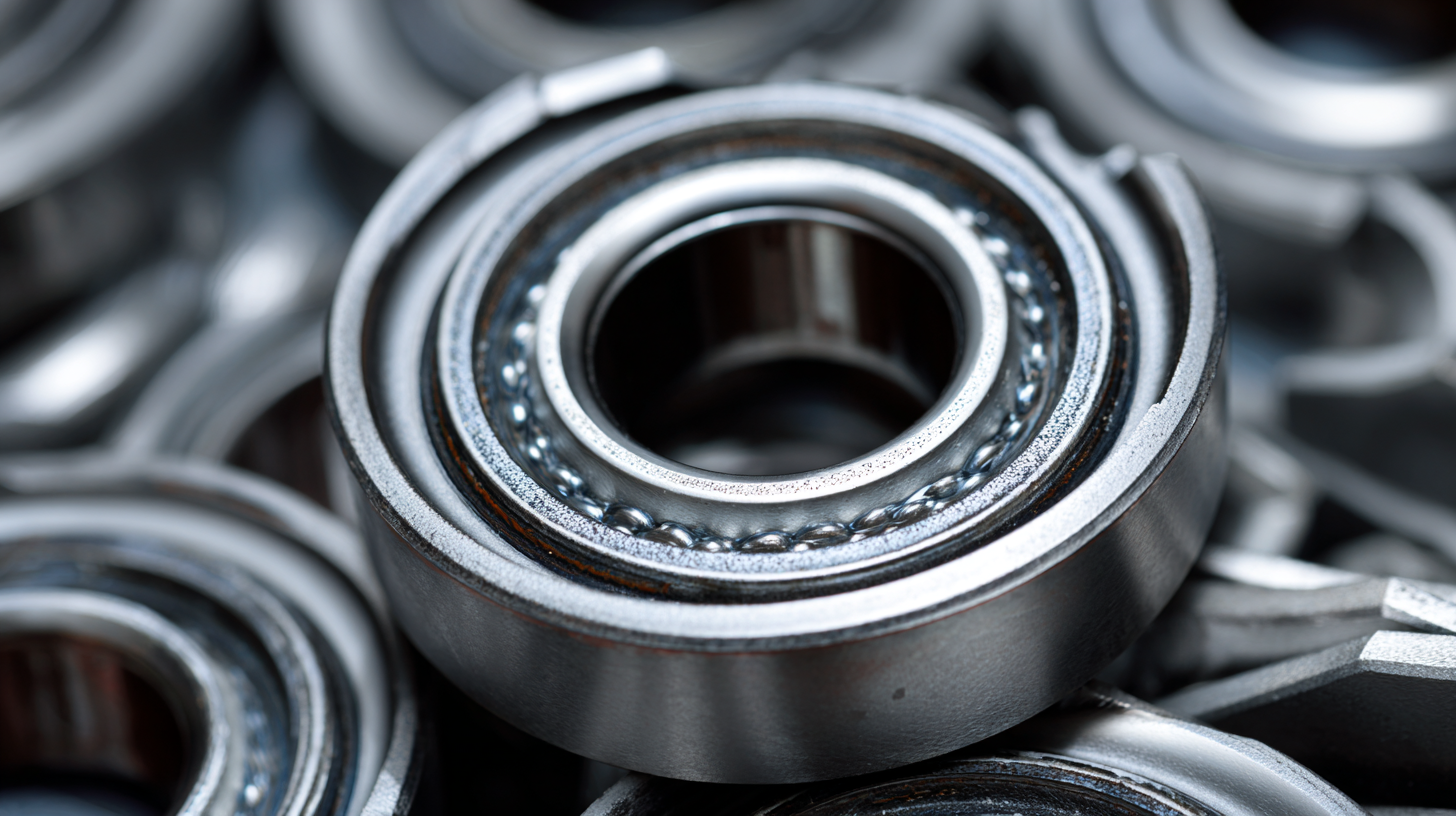 When selecting pillow bearings for industrial applications, avoiding common mistakes can significantly enhance performance and longevity. A frequent oversight is the failure to consider the load capacity of the bearing in relation to the specific application. Reports indicate that improperly sized bearings can lead to premature wear and failure, costing companies approximately 20% of their operational efficiency. Always ensure that the chosen pillow bearing can support the load conditions without significant stress.
When selecting pillow bearings for industrial applications, avoiding common mistakes can significantly enhance performance and longevity. A frequent oversight is the failure to consider the load capacity of the bearing in relation to the specific application. Reports indicate that improperly sized bearings can lead to premature wear and failure, costing companies approximately 20% of their operational efficiency. Always ensure that the chosen pillow bearing can support the load conditions without significant stress.
Another common pitfall is neglecting environmental factors, such as temperature and moisture levels. A study by the Bearing Manufacturers Association revealed that bearings not rated for extreme conditions could fail prematurely, causing costly downtime. It's crucial to select pillow bearings that are not only appropriate for mechanical loads but are also rated for the specific environmental settings they will face.
Tip: Perform a thorough analysis of your project requirements, including load ratings and environmental conditions, before making your selection. Additionally, consider consulting with manufacturers who can provide insights based on industry standards and real-world applications. This can help avoid the trap of choosing a one-size-fits-all solution, ensuring optimal performance in your projects.


